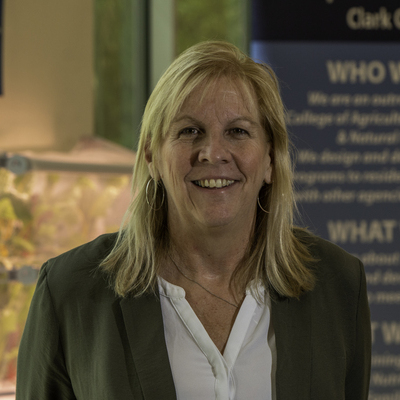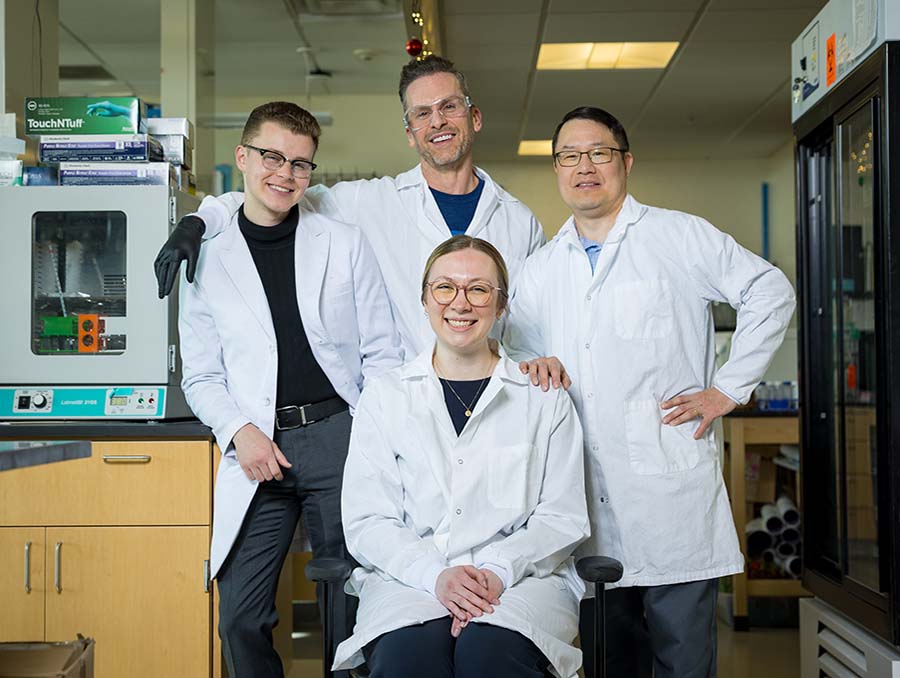What's all the buzz?
With October's National Substance Prevention Month looming, here are some strategies in understanding pyschostimulants
Opioid has become a buzz word in America. While opioid addiction is a big problem, there is another longer-standing buzz, especially in Nevada. Psychostimulants.
It didn’t take me but a few weeks on the job as a health specialist in the women’s prison back in 1999 to recognize this. It redirected my path for the next 25 years. As a public health professional, I have committed much of my education and research to better understanding this problem, particularly for women and girls.
Psychostimulants are a class of drugs that include not only more widely known substances such as methamphetamine and ecstasy, but also ADHD prescription drugs, such as Adderall and Ritalin. According to the Centers for Disease Control and Prevention (CDC), Nevada led the nation in overdose deaths from psychostimulant use in 2018. While it would be nice to see Nevada at the top of one of America’s health-related lists, this isn’t one of them, and this is no laughing matter.
So, why are these drugs so popular? After years of digging a little deeper into this topic, I uncovered what’s behind the appeal for stimulants. According to researchers, the top two reasons for using stimulants are energy (for men and women) and weight loss (especially for women). As college students, this is extremely appealing and little fault of your own. With the pressures of staying up late, reporting to work on time and getting good grades – all while living under the pressures of family, teachers, social media and a culture of beauty and “perfectionism” -- this is no surprise. And for those of you not reaching for methamphetamine or prescription ADHD drugs, you are likely settling on super-coffee, energy drinks and other energy products as alternatives.
Sadly, these are not the safe alternatives you might think they are. Not considered a food or drug, alternatives such as energy drinks, energy products, dietary supplements and many others contain hidden, high-potency caffeine additives not subject to FDA regulations or premarket safety and effectiveness testing normally required for food and drugs, since they are neither of these. They contain many ingredients with questionable safety, including guarana, taurine, ginseng, phenylalanine and more. Complications include intestinal bleeding, breast tenderness, migraines, high blood pressure, swelling, heart palpitations, headaches, fatigue, insomnia, dehydration, kidney failure and more.
Energy drinks are consumed by 30-50% of adolescents and young adults in the United States. A study of emergency room cases estimates over 23,000 emergency room incidents each year are linked to adverse events related to dietary supplements. More than half of visits to emergency rooms made by 18- to 25-year-olds involved the combination of energy drinks with alcohol or other drugs. Alcohol and energy drinks are a deadly combination.
Because of the stimulant effects of energy products, they have been described as a gateway for drug dependence. The highs and lows can mimic speed or other stimulants, so particularly those in recovery for substance use disorder should be cautioned against using such products. Caffeine intake should be monitored, as it triggers the same reward centers of the brain as substances and can markedly impact anxiety and sleep. Energy drink users also tend to have greater involvement in alcohol and drug use or misuse, and higher levels of sensation-seeking than nonusers of energy drinks, including risky sexual practices.
College students often take energy drinks to stay awake and improve their academic scores. The irony is that studies show negative correlations between academic performance and energy consumption and positive correlations to stress.
So if a boost of energy is what you need, try these:
- Regular exercise. It doesn’t have to be long or high intensity; it just needs to be regular to gain the benefits of improved energy.
- Get adequate sleep. Too little or too much can drain your energy levels. Quit smoking and decrease alcohol, as these may be causing insomnia.
- Manage stress. Manage your time and your workload, and prioritize your to-do list.
- Drink water. Fatigue is one of the first signs of dehydration. Carry a water bottle and drink at regular intervals, instead of all at once when you feel thirsty (as most will then be lost through urination).
- Eat a balanced diet. Avoid restrictive diets that deplete nutrients. Eat smaller meals throughout the day to provide a steady flow of nutrients. Choose healthy, energy-dense options that are high in nutrient value (such as B vitamins), like fruits and vegetables.
Want to learn more about wellness? Visit the University’s student webpage, LiveWell, and learn about the eight dimensions of health identified by the Substance Abuse and Mental Health Services Administration. LiveWell will help you prioritize your well-being and navigate campus resources to take care of yourself. In addition to the many mental and physical benefits you may experience, making wellness a priority in college can help improve academic achievement and retention.
If you feel that you need additional assistance with either a drug addiction or finding a supporting network during your recovery, contact Nevada’s Recovery and Prevention Community (NRAP) by emailing nrap@casat.org. NRAP provides an environment of nurturing support and peer connections for students recovering from substance and behavioral addictions and students choosing a substance-free lifestyle.
Social support is an important component to successful and prolonged recovery efforts, particularly on a college campus where isolation and social stigmas are widespread. NRAP is a peer-driven community, where students themselves facilitate support groups, plan on and off campus events, and lead service projects. This creates an environment where peer connections happen and bonding takes place through these shared experiences. Student members take ownership of the program and utilize their strengths to confront stereotypes, prejudices and discrimination surrounding addiction. NRAP also provides academic support, professional development, seminars, scholarships, leadership training, 12-step meetings and linkage to community resources. Visit NRAP's calendar for scheduled events or scroll through some student testimonials.
September is National Recovery Month, and ironically, October is National Substance Abuse Prevention Month. Just maybe, if we begin to focus our efforts on October’s Substance Abuse Prevention Month, we might find something new we can celebrate next September!













